Its colonial splendor may have dwindled with time, but Buenos Aires is very much alive.
Sprawling inland from the banks of the Rio de la Plata, this storied city has honed its reputation as the cultural capital of Latin America with aplomb. Steamy tango halls beat the city’s pulsing heart through the early hours of the morning, while more than three hundred theatres support its world-renowned arts scene.
While the city boasts an array of tourist draws, the true magnetism of Buenos Aires lies in the Porteño experience. Pull up a streetside seat, grab a Fernet-Branca, stay out late, and watch the city come alive.
And do we need to mention steak and Malbec?
Welcome to Buenos Aires.
5 things you can’t miss in Buenos Aires
Tango the night away
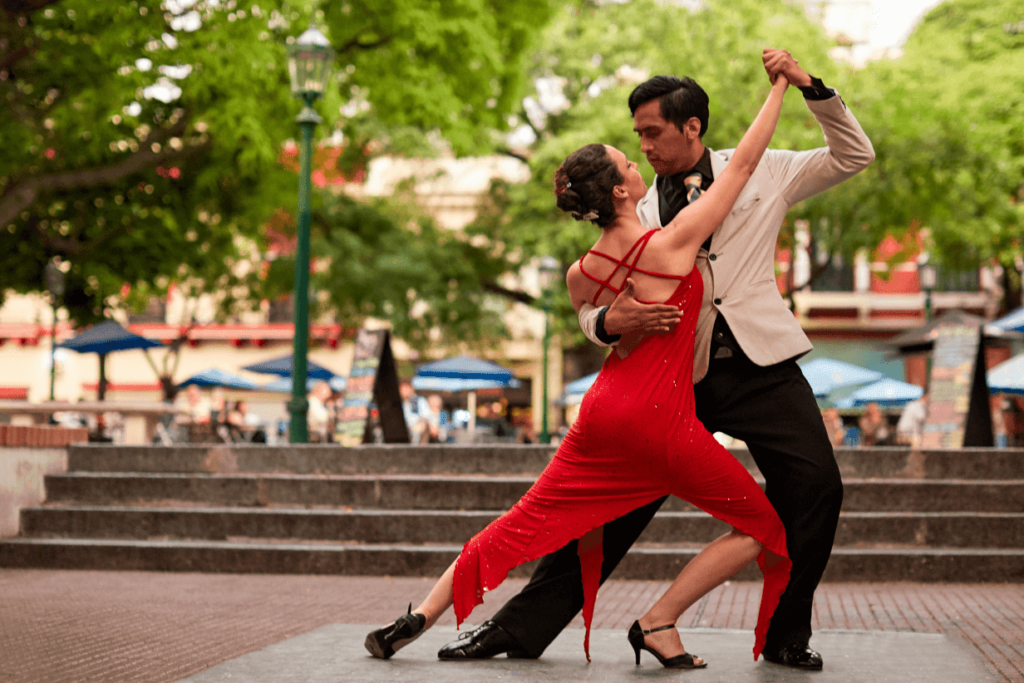
Tango and Buenos Aires are as good as synonymous. The passionate ballroom dance style is famous across the world but calls itself home in the steamy halls of the Argentine capital. You’re likely to happen across a street display on your trip, but make sure you seek out a real show or club before you leave.
One of the best introductions to Tango is a dinner show in one of the city’s stunning theaters. Your ticket usually gets you a three-course meal (with wine, of course) and a professional tango show.
Once you’re a little more in tune with the art, grab a lesson at La Catedral, the famous tango club. Learn the basics, then hang out a while to watch the regulars stream in around midnight to let loose. Its atmosphere is worth the trip alone, even if you don’t feel like dancing.
If a group class feels intimidating, check out private lessons online or use Airbnb experiences to take the hassle out.
Visit Recoleta Cemetery
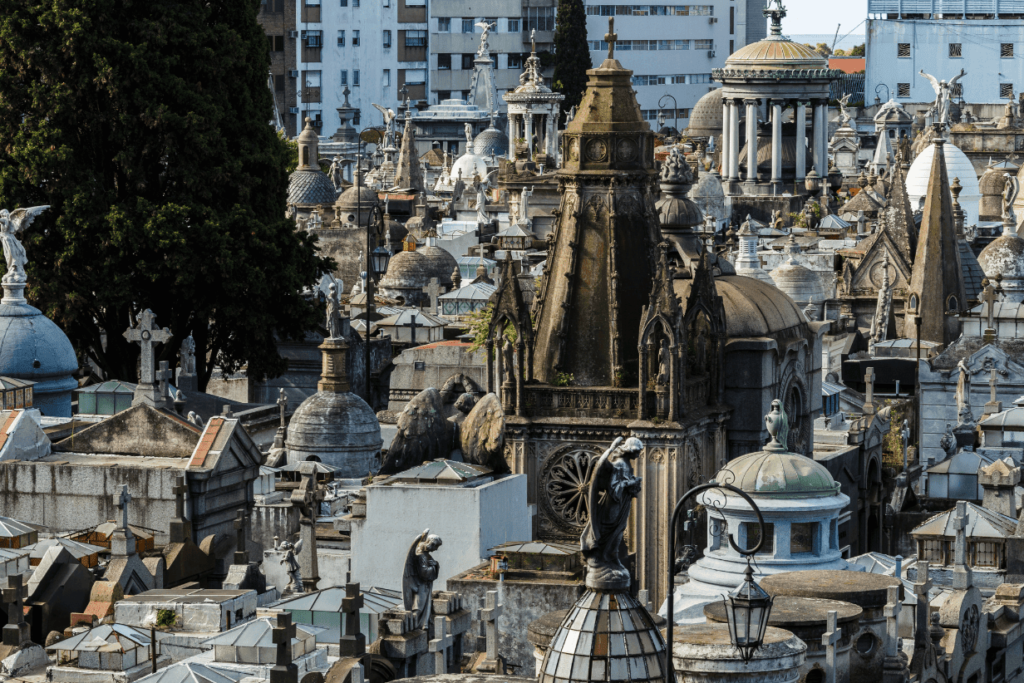
A trip to the cemetery might not be your idea of a good time. But Recoleta Cemetery is unlike any other.
The labyrinth of a site, initially built in the 1700s, is one of the most beautiful cemeteries in the world. Doubling as a who’s who of Argentinian history, Recoleta is filled with the extravagant mausoleums of wealthy socialites, artists, poets, and other notable figures, including Evita Peron, the famous first lady of Argentina.
Four and a half thousand vaults line its deathly avenues, demonstrating an impressive range of architectural styles and proving that the battle for social ascension among the wealthy didn’t stop in death.
Most of the tombs are kept in good condition, while others have fallen into eerie disrepair. Vault doors may be wide open, revealing dozens of coffins collapsing in on one another deep in the darkness.
Score tickets to a Boca Juniors Game

In Buenos Aires, it’s most definitely football, not soccer. If South America is regarded by many as the spiritual home of the game, then Argentina and Brazil are frontrunners to be the Vatican.
Buenos Aires is home to 24 professional teams, with Boca Juniors and River Plate the best known. The two form one of the most world-renowned rivalries in the sport, and the game itself is only matched by the fans. Catching a game at Boca’s Bombonera stadium is often called one of the most intense sporting experiences on the planet.
Tickets are notoriously hard to come by, as only members are allowed to buy tickets (there’s an eight-year waitlist to become a member), but there are ways to do it. Members with tickets often post on Airbnb experiences, willing to take visitors to the game. It’s a great way to do it, as you can avoid any of the more aggressive fans, learn about the teams, and take it all in with a local. Just be wary of scams. If it seems too good to be true, it probably is.
Even if you’re not a sports fan, you should go. There’s nothing like it in American sports. Plus, it’s the country that produced Diego Maradona and Lionel Messi — basically gods in Argentina.
Stroll El Caminito
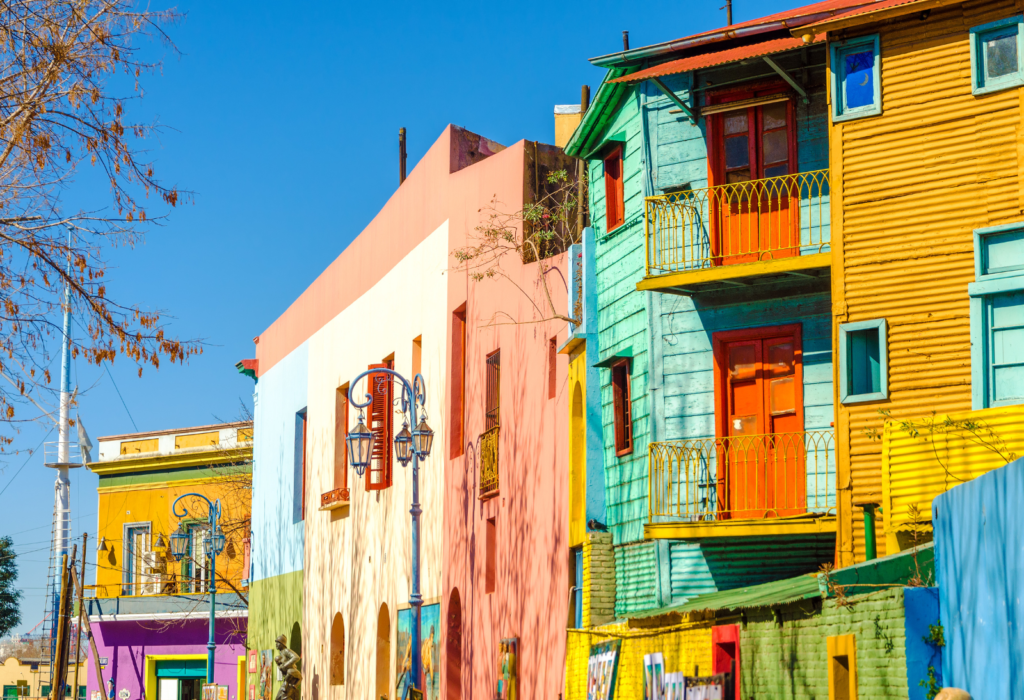
El Caminito is famous for two things: inspiring a Tango song of the same name and its colorful array of buildings.
The street, which means “little walkway” might only be 150 meters long, but there is plenty to see. Though the alleyway was once a landfill, it was transformed into a colorful beauty by Argentine artist Benito Quinquela Martin, who painted the buildings with bright blues and bold yellows.
The lively street museum and pedestrian walkway feature the work of local artists. It’s also a great place to pick up souvenirs with many local artists selling their original pieces on the street.
Get lost in the stacks
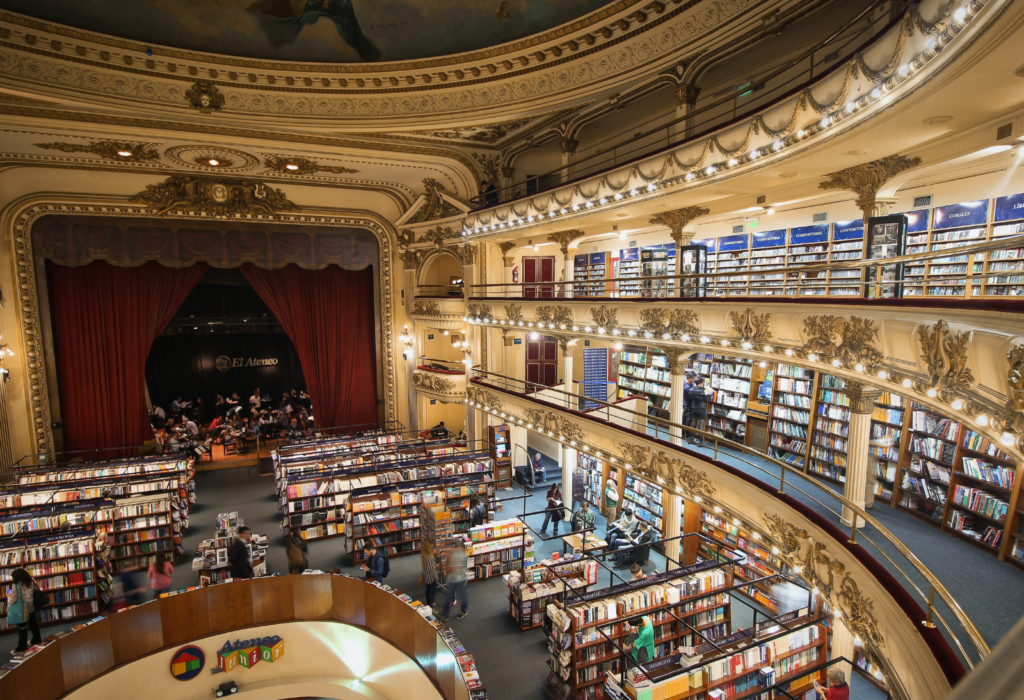
Though most people have Kindles these days, the charm of a book store is something that cannot be electronically reproduced.
El Ateneo Grand Splendid is a bookstore unlike any other. In 1919, the building was used as a performing arts theater before becoming a cinema and then a bookstore. Now you can wander through the romantic curves of the former theater while weaving through seemingly endless rows of books.
Even if you’re not keen on literature, you should at least go to marvel at the gorgeous frescoed ceilings and red curtain stage.
Want to uncover the best of Buenos Aires?
Check out Next Stop: Buenos Aires for the best places to stay, eat, and explore in Buenos Aires!

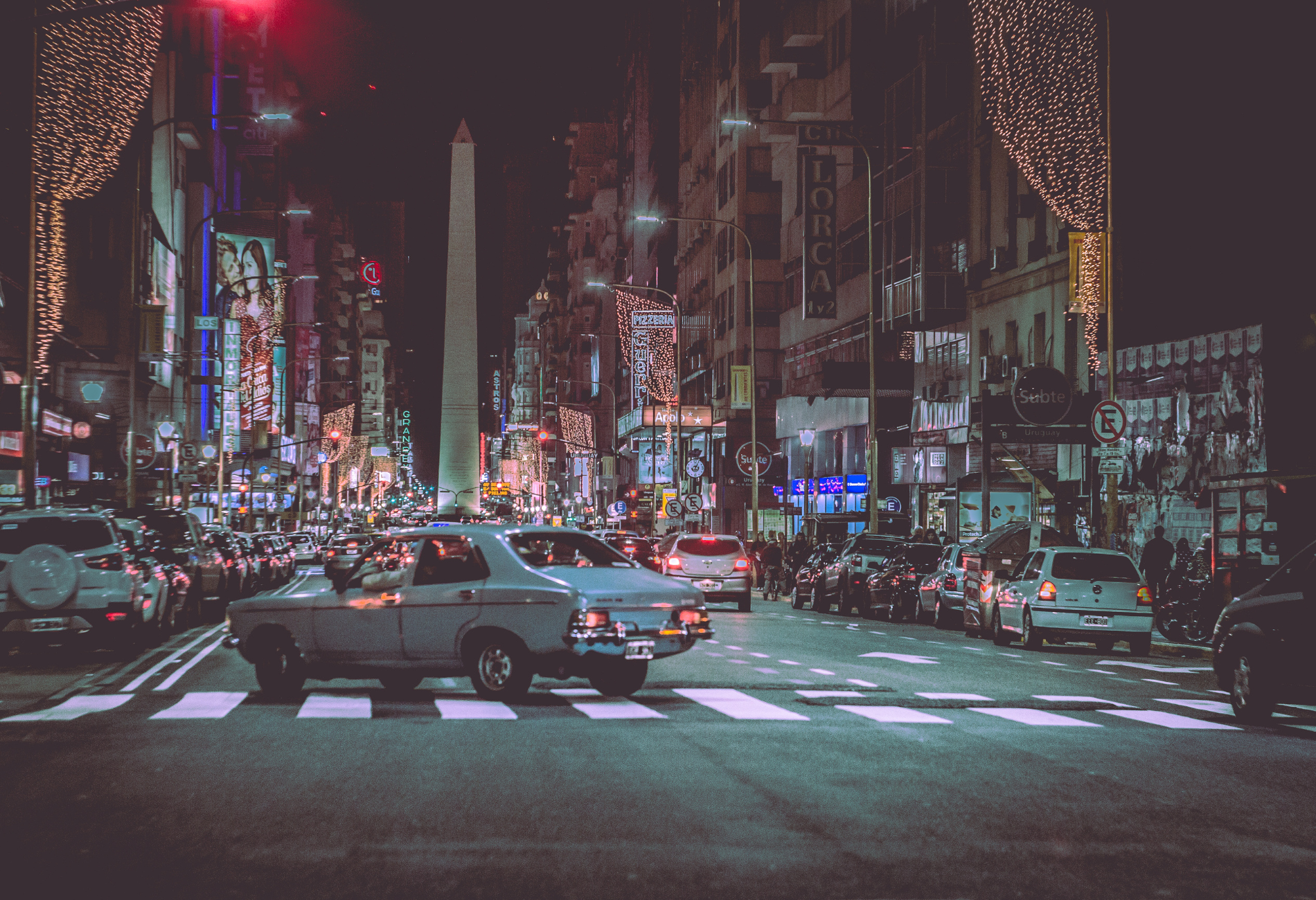







 by your friends at The Daily Navigator
by your friends at The Daily Navigator



